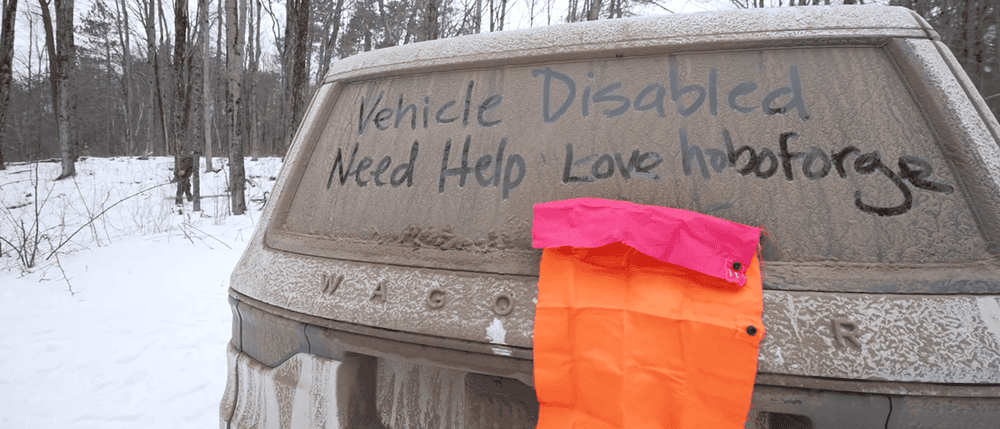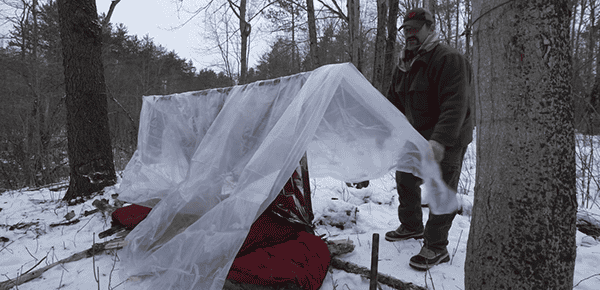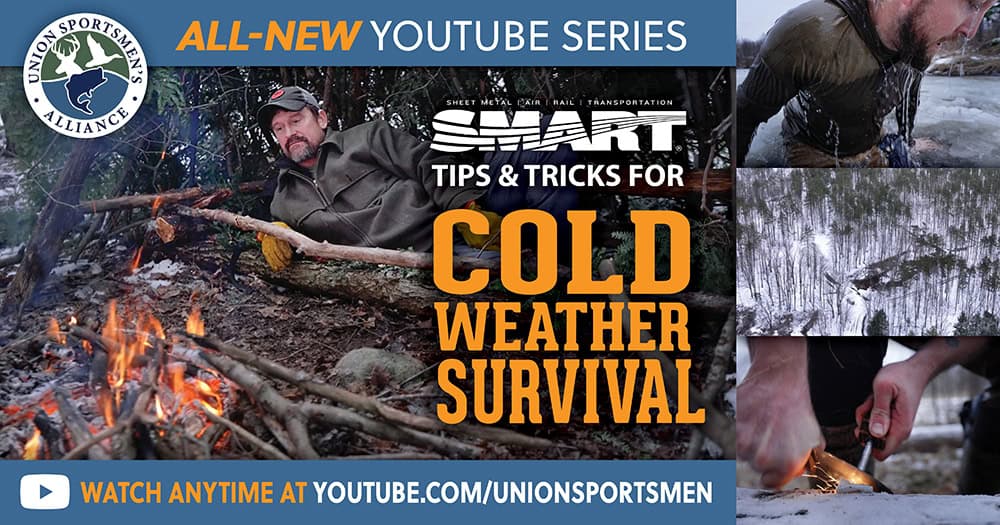
The Basic Vehicle Survival Kit
By PJ DelHomme
A Special Forces veteran and survival expert shares the essentials he keeps in his vehicle at all times.
Keep in mind that this list should change with the seasons and geography, but it’s a good foundation on which to build a kit based on your travels.
Water
- Five-gallon water jug for basic hygiene like hand washing and emergency water supply.
- Grayl titanium water purifier for making contaminated water safe to drink
Fire
- Multiple firestarter options like a lighter, ferrocerium rod, cotton balls covered in vaseline, and matches.
Shelter
- Tarp serves as basic shelter protection year-round. In the winter, toss in a sleeping bag, Mylar survival bags, winter coat, gloves, and hat.
 Signal
Signal
- High-visibility scarf/panel as a passive signaling device for daytime emergencies
- Chemical light/glow sticks for active signaling at night
First-aid kit (easily accessible from driver’s seat):
- Tourniquets – For severe bleeding emergencies
- Tylenol – For pain management
- Imodium – For digestive issues
- Tums – For acid reflux
- Tape bandages – For wound care
- Rubber bands – For miscellaneous medical uses
- Marker – For marking treatment times/notes
Food
- Jerky and nuts are shelf-stable food choices that provide a lot of calories and take up minimal space.
Extra Items
- Jump box/external battery to self-rescue in case of battery failure
- Four-way lug wrench for tire changes
- Full-size spare tire to maintain proper steering control
- Comfortable walking shoes for unexpected evacuation scenarios
Watch SMART Tips & Tricks: Cold Weather Survival
PJ DelHomme writes and edits content from western Montana. He runs Crazy Canyon Media and Crazy Canyon Journal.
Other Articles You Might Like




